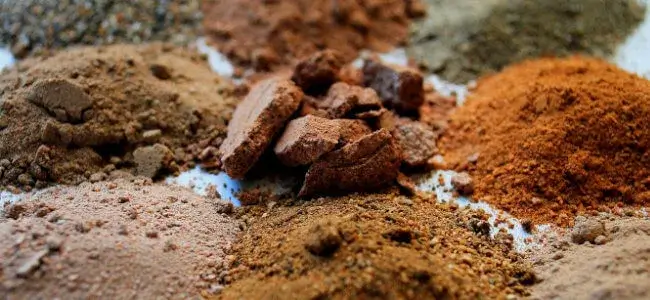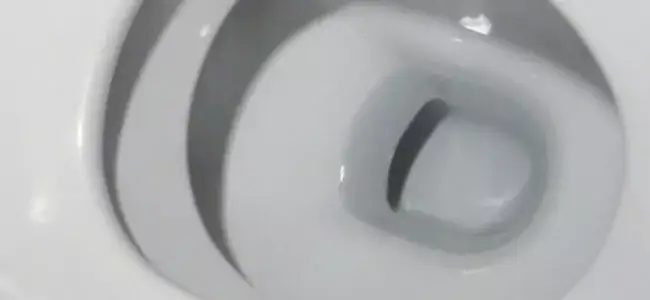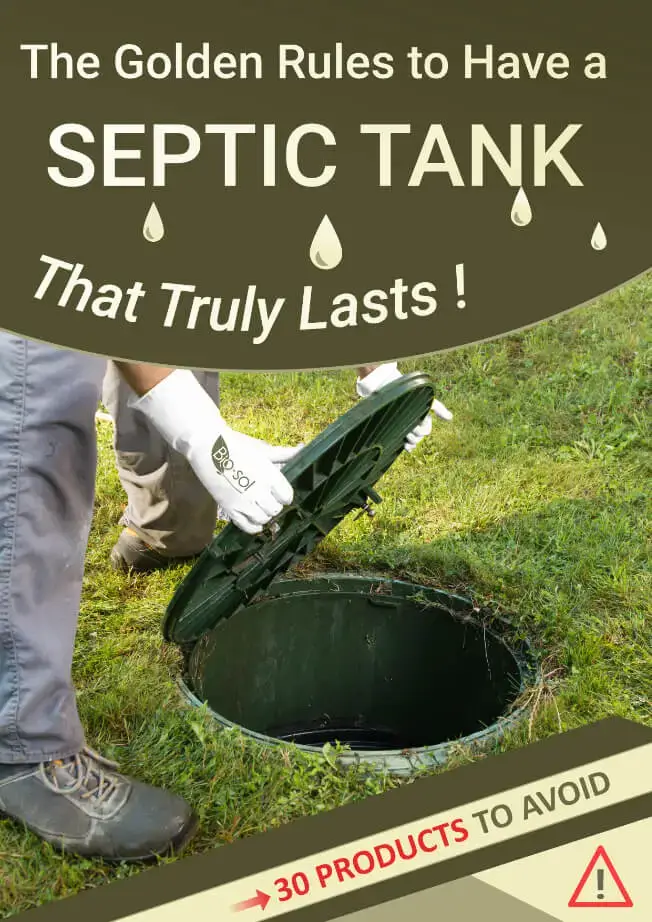What are BOD and COD tests?

TABLE OF CONTENTS
The Biochemical Oxygen Demand (BOD) and the Chemical Oxygen Demand (COD) tests are the main methods used in the determination of the concentration of organic matter in a sample of water. These two tests are a bit different but they are usually used together to establish the quantity of nonbiodegradable organic matter in wastewater. For biodegradable organic matter, the COD should be 1.3-1.5 times that of the BOD. If the COD is twice the BOD value or above that, then it can be safe to infer that the organic matter in the wastewater is nonbiodegradable.
The BOD test
The Biochemical Oxygen Demand test is a procedure that is used to establish the quantity of oxygen that is required by aerobic bacteria in the water sample to break down the organic matter therein at a given temperature and over a certain period of time. Even though BOD is not a very precise test, it is used in the determination of the organic quality of water. BOD is given in milligrams of oxygen consumed per liter in a period of 5 days (BOD5) at a temperature of 20 degrees Celsius.
The rate of oxygen consumption in water is determined by a combination of factors including the temperature of the water, the pH, the types of microbes present, and the inorganic and organic matter therein. Water that has a high BOD value means that lots of the oxygen is consumed by the microbes thereby leaving very little oxygen for other aquatic life. This can be disastrous in streams and lakes. The aquatic species living in waters that have high BOD values can get stressed, suffocate and eventually die.
Sources of BOD in water include leaves, topsoil, woody debris, feedlots, animal manure, failing septic systems, effluent from industries, stormwater runoff, etc. Any factor that affects dissolved oxygen will also affect biochemical oxygen demand.
Biochemical oxygen demand test procedure
Step 1: When measuring the BOD, it is important to ensure there is proper biological activity in the water sample. For this to happen, the water sample must fulfill the following conditions:
- The water shouldn’t have chlorine. If chlorine is present in the water, a dichlorination chemical like sodium sulfate can be applied.
- The pH of the water sample must fall in the 6.5 -7.5 range. If the water sample has a pH that is too high or too low, an acid or a base can be added in order to correct the values
- The water should have a microbiological population. If the microbial population is unknown or not sufficient, a seed solution of bacteria can be added together with its essential nutrient to ensure its vitality.
Step 2: Specialized BOD bottles that are designed to allow filling without any air spaces (preferably 300 MLs) are filled with diluted sample water. Distilled water can be used to dilute the sample and different quantities of the distilled water are used in order to have varying dilutions in the different bottles. However, one of the bottles should have only the distilled water to be used as the control.
Step 3: A DO (Dissolved Oxygen) meter is then used to measure the concentration of dissolved oxygen in every bottle. Ideally, the DO should not be below 8.) mg/L. Each of the bottles is then placed in an incubator at 20 degrees Celsius for at least 5 days.
Step 4: After the 5 days have elapsed, use the DO meter to measure the final DO concentration. Ideally, this should have reduced to be approximately 4.0 mg/L.
Step 5: Subtract the Initial DO from the final DO and the result you get will give you the BOD value of the water.
The COD test
The Chemical Oxygen Demand (COD) test refers to a test that is done to establish the amount of oxygen that would be needed to oxidize particulate and soluble organic matter in a water sample. Just like BOD, COD gives an index for assessing the effect of wastewater discharge on the environment. However, while the BOD test is done through the determination of the bacteria population, the COD test will use strong chemical oxidizing agents like potassium permanganate to chemically oxidize organic matter in the wastewater sample. The COD is immune to interference from toxic substances and the test is faster because unlike the BOD test which typically takes 5 days, the COD test takes only 3 hours.
The COD test procedure
- Before finishing the COD test, you will need to prepare a series of standards using potassium hydrogen phthalate (KHP). Since most wastewater will be in the high range, standards of 100, 250, 500 and 1,000 mg/L are recommended.
- A COD reactor block and a colorimeter are then turned on in order to allow both to stabilize
- Low-range or high-range vials are then selected for the COD test depending on the projected results. If the results to be expected are not known, both ranges can be used.
- One vial is marked “blank” while 3-4 vials are marked with a pre-defined standard level. 2 vials are also identified to be used for a wastewater sample duplicate run. When running several wastewater samples, 10% of the samples need to be duplicated.
- 2 ml of each standard is then added to the corresponding vials. When the wastewater sample is at full-strength, 2 ml can be added to the corresponding vial. When dilution is needed, the 2ml dilution is added to the vial.
- Mix each vial well and then place them in a reactor block for 2 hours and then remove and cool them for fifteen minutes.
- Set the colorimeter and calibrate according to the instructions for the unit and then place each of the vials in the unit and read each COD concentration.
- For the diluted sample, make the corresponding multiplication to get the value.
Conclusion
COD and BOD tests are important because they help in the determination of the amount of waste in wastewater. This is important because the organic content in wastewater needs to be reduced before the wastewater is discharged. Failure to reduce the organic content can result in eutrophication of rivers, lakes and other water bodies. BOD and COD tests are used together because of their difference in time needed. Since COD only needs a couple of hours, it is used on a day-to-day basis but BOD is done periodically because the test needs 5 days to complete.
OUR LATEST BLOG POSTS

Strange facts about septic systems
If you are a septic system owner, you might have heard all manner of myths. For instance, there is a common myth that throwing a dead cat in the septic tank can help rejuvenate bacteria and thereby make the septic tank more effective. But is this even true? In this article, we will not only answer that […]

Soils types and their impact on septic systems
SOILS TYPES AND THEIR IMPACT ON SEPTIC SYSTEMS However good your septic system is, it depends on the right soil type to complete the process of purifying the wastewater from your home. The soil type in the drainfield area will determine how well the effluent is filtered and if the water that is sent back to the […]

Avoid flushing these if you have a septic tank
Most homeowners wrongfully assume that their toilet can serve as some sort of garbage disposal. As a result, they end up flushing all manner of things in the toilets. Some of the things that are flushed down the toilet are actually innocent mistakes because homeowners think that is the right way to dispose of the products while in other cases, it is just a don’t care attitude. Whichever the case may be, flushing some of these things can result in septic system failure and it could cost you a fortune. We have rounded up some of the commonly-flushed products that you should never flush if you have a septic system.
PERFECT! I WOULD NEED...
Discover which products are the best for your needs!You can contact us at 1-800-378-6132 (toll free) or click on the following button to access our free online evaluation.
GET A QUOTE ONLINELog in to your account
Whoops! It happens sometimes...
CREATE A NEW ACCOUNT
CONGRATS!
You are now registered and ready to go. You can add and change any of your information on your client profile.
Unfortunately, we do not ship our products to the USA at the moment.
But, if you live in the United States and would like to order them, please fill in the form below. You will then be notified as soon as they are available in your country.
Thank you for your understanding!
Malheureusement, nous n’expédions pas nos produits en France pour le moment.
Mais, si vous êtes résident français et aimeriez les commander, remplissez s’il vous plaît le formulaire ci-dessous. Nous pourrons ainsi vous aviser aussitôt qu’ils seront disponibles dans votre pays.
Merci de votre compréhension!

-
30 products to avoid
-
What to replace them with
-
And everything you should know about your septic system
DOWNLOAD THIS FREE EBOOK!
Which email address should we send it to?


